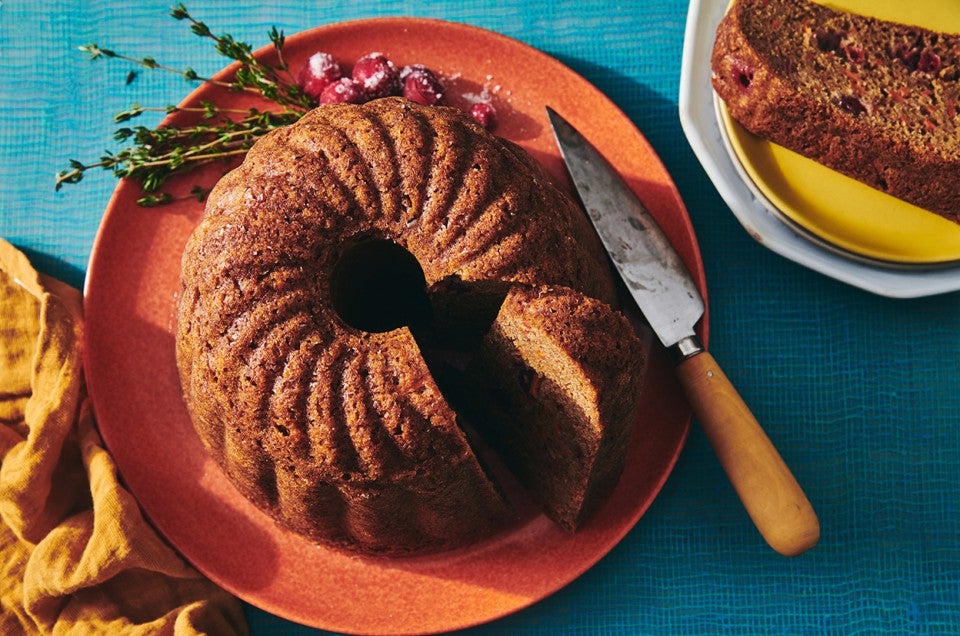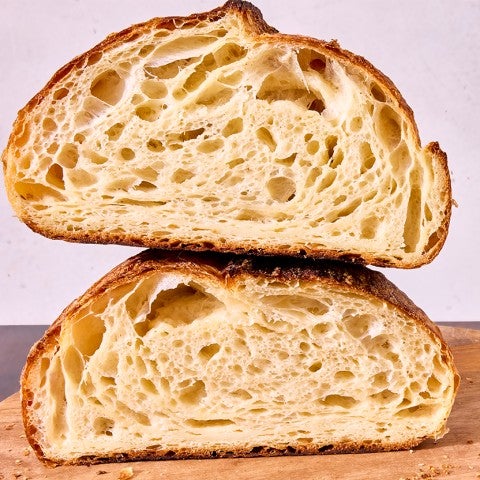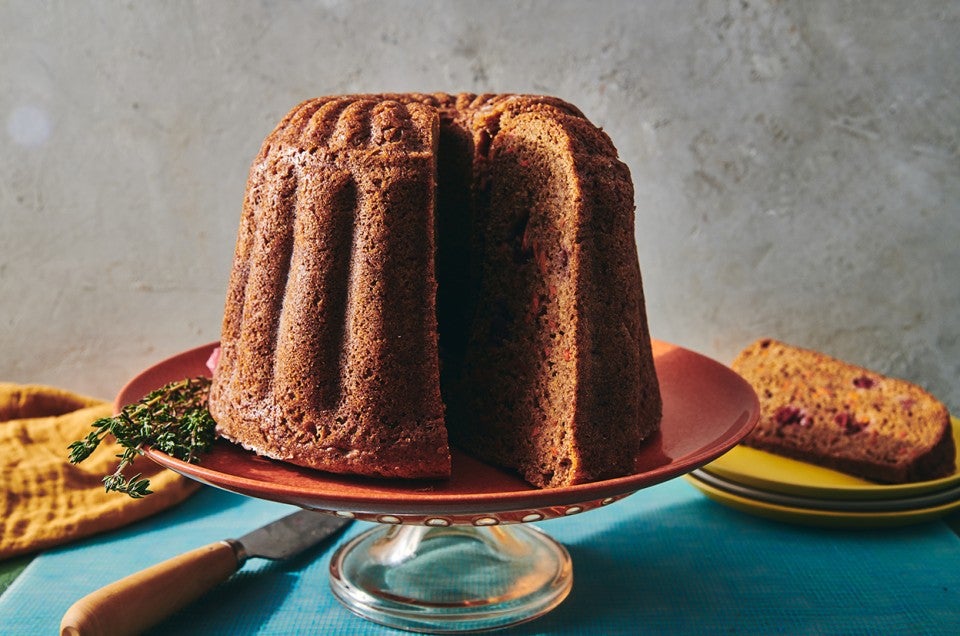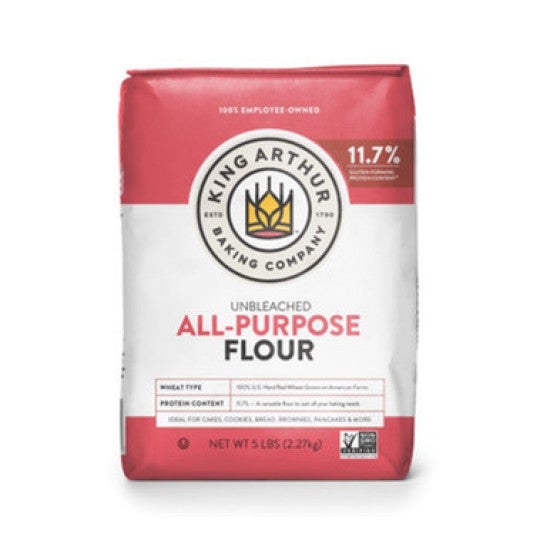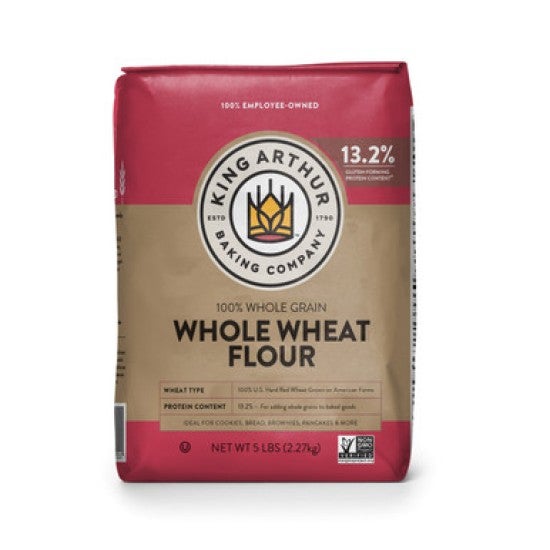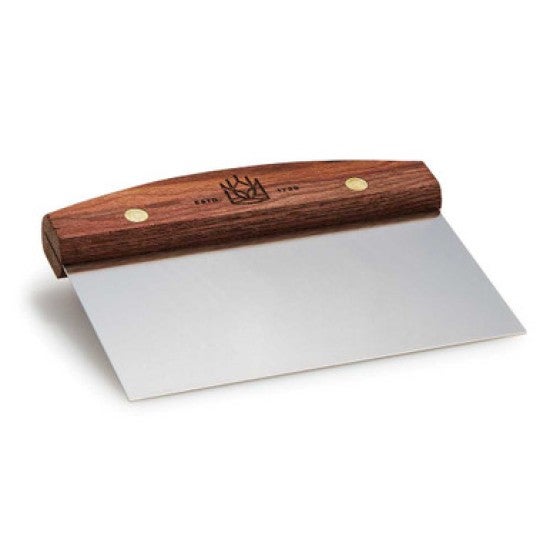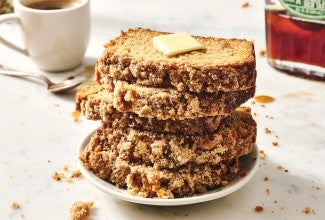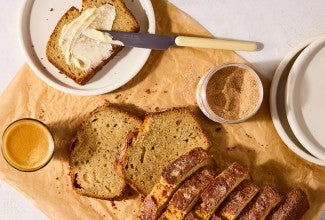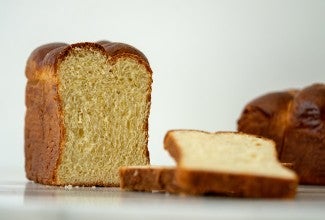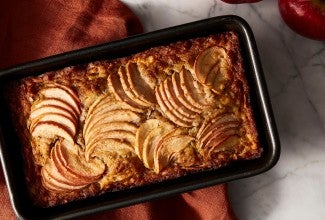Steamed Harvest Bread
Steaming is a method of cooking that was used for centuries before ovens were found in every home. Although it takes longer to cook breads by steaming, the cooking time is quite flexible. A steamed bread can cook long past its finishing time without substantially changing, unlike an oven-baked bread which will pass from done to scorched in a matter of minutes. This is because steamed breads cook at the temperature at which water boils (212°F) rather than the 350°F at which quick breads are commonly baked.
Here's a formula for a steamed bread that will make use of apples, pumpkins, squash and other autumn abundance. Eggs aside, it includes no fat, so if you are looking for a filling, high-energy, vitamin-rich snack with a minimum of calories, give this a try. Steamed bread makes a great, quick breakfast, an afternoon pick-me-up or a tasty accompaniment for supper. The spices can be varied to enhance the flavor of the vegetable or fruit used. Cinnamon, allspice and nutmeg are always good and, strangely enough, so is a bit of white or black pepper.
